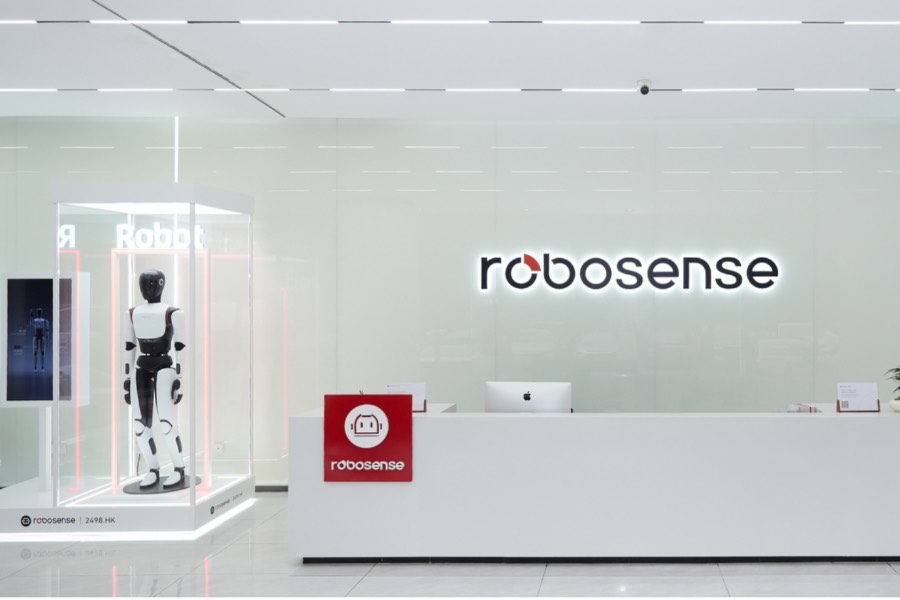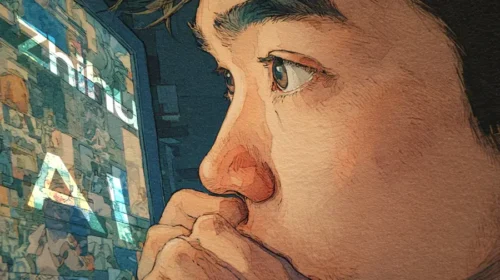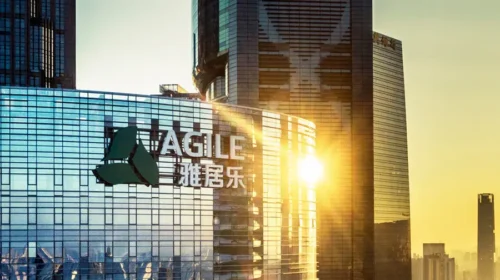RoboSense steers towards profits as LiDAR gains traction

The maker of sensors for assisted driving and robotics suffered a revenue dip in the first quarter but moved closer to its breakeven target
Key Takeaways:
- The company managed to cut its losses by 24% in the quarter
- Growing demand for sensor systems for robots could tip the earnings balance in the firm’s favor
By Lau Chi Hang
After years of losses, one of China’s leading makers of laser-based driving sensors could have detected a route to profitability.
The breakeven point is still some way off for RoboSense Technology Co. Ltd. (2498.HK), which makes light detection and ranging (LiDAR) technology for autonomous driving and robotics. But the company’s latest quarterly earnings suggest that profits could at least be on the edge of the radar.
RoboSense revenues fell 9.2% to 328 million yuan ($45.57 million) in the first quarter. But the company shrank its loss by 24% to 98.79 million yuan, as gross profit surged 73% to 77.01 million yuan. Gross profit margin jumped a hefty 11.2 percentage points to 23.5% from the same period a year earlier.
Powered by cheaper chips
The revenue drop was blamed on two clients switching to alternative perception solutions for their driving assistance systems. One customer went a vision-only route while the other had developed its own LiDAR technology.
Even so, RoboSense achieved a big jump in gross profit by taking advantage of lower raw material costs and using integrated chips developed in-house that it said were much cheaper than products sourced externally.
Another boost came from the higher margins on new products that adapted automotive-grade LiDAR technology for the robotics sector, the company said.
The customized E1R and Airy systems are designed to enable robots to navigate challenging indoor and outdoor settings by scanning their environment with laser pulses.
With its new product range, RoboSense could navigate its way out of the red by the end of this year, in line with a target set by RoboSense CEO Qiu Chunchao to break even on a quarterly basis in the second half of 2025, and potentially bank full-year profits in 2026.
Even with the revenue dip, the base of 30 automotive customers limits the damage from losing a couple of clients.
Riding a robot boom
Supplying sensor technology to the robotics business is proving to be a major business driver. Revenue from LiDAR products for robots and other applications jumped 87% to 73.4 million yuan in the first quarter from the year-earlier period, with shipments more than doubling to 11,900 units.
RoboSense has powered into the robotic lawn mower market, striking deals with two key companies in the sector. Under a partnership agreed with Mammotion in May, RoboSense is set to deliver 1.2 million LiDAR units over the next three years, bagging the industry’s biggest such order to date.
Under a new AI strategy unveiled earlier this year, RoboSense rolled out products such as the flagship Active Camera to help robots avoid obstacles and move effectively. The company has established partnerships with 20 robot companies, including Unitree, Humanoid Robot and Lingbao CASBOT.
How the company will perform over the longer term remains to be seen, but progress on the robotics front might help reassure investors about the stock’s upside potential. The firm’s Hong Kong shares have risen around 13% for the year to date but are still nearly 60% off last year’s price peak. Shares in Nasdaq-listed rival Hesai Group (HSAI.US), which is also boosting LiDAR sales and narrowing its losses, are up 27% for the year so far.
Robotaxi revs up the market
LiDAR makers are also hitching a ride on the robotaxi business as the technology moves from test environments onto the roads, with digital systems replacing older sensor equipment.
RoboSense struck a deal with DiDi Autonomous Driving in April this year to equip its next-generation robotaxis, co-developed with GAC Group, with all-solid-state digital LiDARs. It has also teamed up with Pony.ai to supply LiDAR systems for the firm’s seventh-generation robotaxi model.
RoboSense said it counted more than 90% of the main global makers of robotaxis and robotrucks among its partners, and had signed mass production deals with six of them, including Pony.ai, WeRide and Didi Autonomous Driving in China, as well as U.S. autonomous driving companies.
Tesla CEO Elon Musk famously dismissed LiDAR as the “wrong solution” for autonomous driving, preferring to promote his camera-based Tesla Vision system. But if RoboSense and others establish LiDAR as the industry standard, Musk may ultimately be on the losing side of the argument.
To subscribe to Bamboo Works weekly free newsletter, click here





